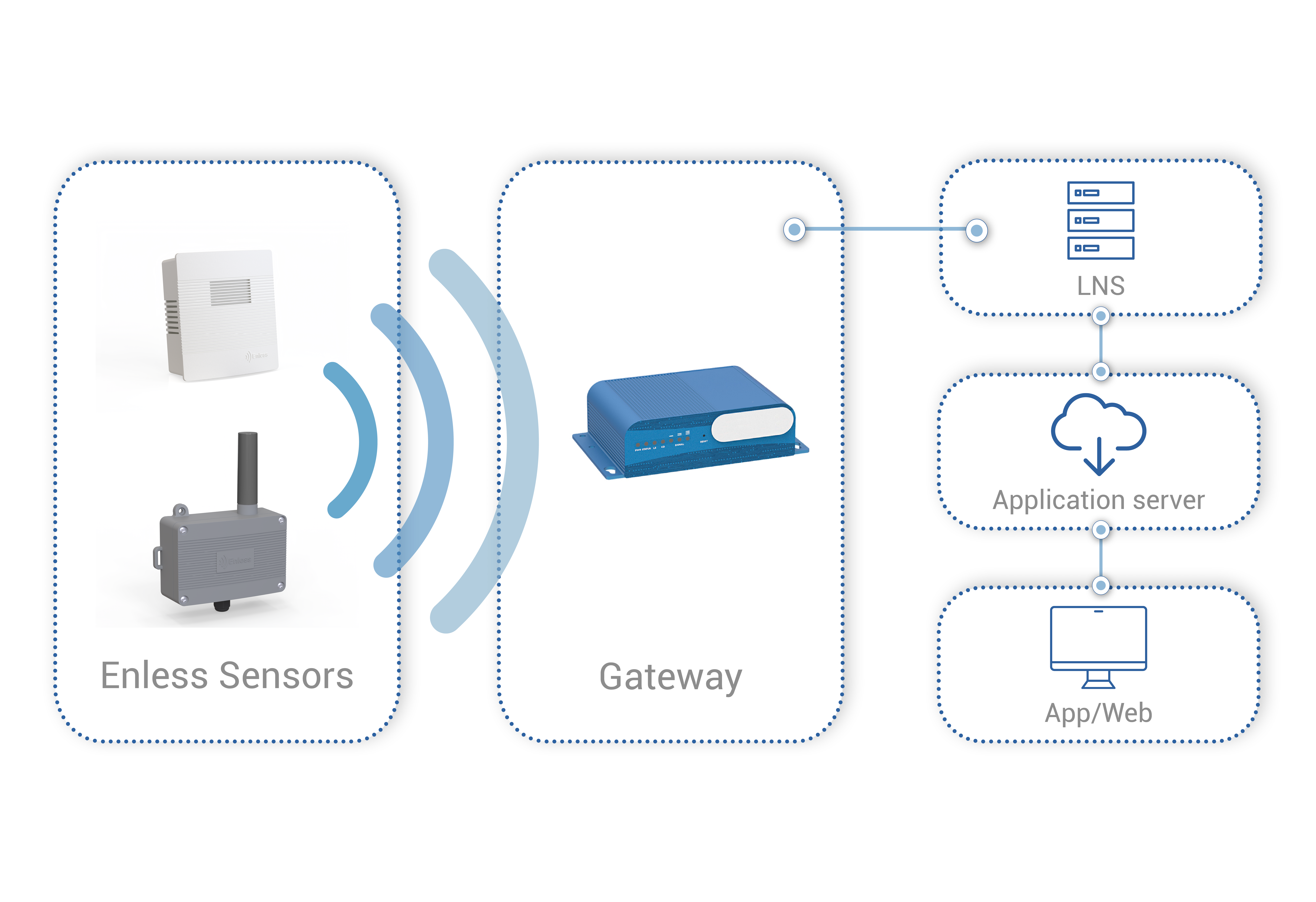
Discussion with Emmanuel François, President of the Smart Buildings Alliance
The 2019 SBA Summer University programme in Brussels has just ended. What lessons have been learned? What remarkable changes have been made? and, ultimately, Why should we aspire to the City and Buildings of Tomorrow?
EF: Tomorrow’s buildings will actually not be very different from today’s in terms of their physical design and what they are used for.
This 6th edition of the Summer University has shown us that tomorrow’s buildings will be more open and multipurpose. Prefabrication and modularity will become increasingly important, with highrises that can be built in 6 to 12 months, and schools in 4 to 6 weeks! One of the key trends in Smart Buildings is space-sharing, pooling, reversibility, co-living, co-working… We are really heading into the era of « co-« . Mobility is also in focus, with the emergence of new parking systems, and the increasing importance given to ride-sharing.
Is France leading the way in sustainable building issues compared to its European neighbours, and other countries in general?
EF: France seems to be lagging somewhat in the sustainable-building revolution, particularly when compared with the Nordic countries, Germany, Netherlands, and in terms of environmental awareness. The US has also been making advances in recent years with the boom in players – such as Katerra, which, using modern technology at every stage of the design and construction of buildings, has posted nearly USD 1 billion in sales after just four years of existence. The United Kingdom is ahead of the pack in offsite prefabricated buildings, thanks to the widespread use of BIM.
In France, the main factors holding things back are organisational. BMS processes are very « siloed » and responsibility is very diluted. The issue is also addressed in a more centralised way in France than in other countries, so individual initiatives are rarer and harder to get off the ground.
And what about digital issues?
EF: France is ahead of the curve when it comes to the digital revolution for buildings.
We are one of the countries with the most startups in this field, which is helping to boost this sector. Since 2012, the French label R2S – Ready2Services [FR]– highlights players in the construction industry committed to connected, communicating buildings.
The concept of a BOS (Building Operating System) as a unique way of centralising data and the cornerstone of smart buildings has emerged as France’s strong contribution to this issue, at the latest Summer Universities.
So at these latest Summer Universities, what major IoT trends and technologies have emerged?
EF: We’ve seen a trend towards increasingly open-source systems, integrating open-source APIs and interoperable standard-based systems, all at relatively low cost. Lora in particular is an example of this. The coexistence of private LANs (Local Area Networks) alongside public WANs (Wide Area Networks) is increasingly frequent, and asked for.
Major challenges are emerging, particularly with the advent of 5G in the US and worldwide, which thanks to reduced latency will make a massive difference to services and businesses.
As for connected devices, autonomous wireless solutions – communicating by radio, for example – are becoming increasingly widespread. The tracking of connected devices is becoming more prevalent, also because it enables multi-usage – data-tracking of any device with each user invoiced as it uses it.
What system should we ultimately focus on to be able to most effectively transition to new smart, sustainable buildings? In other words, what is the future of the industry?
EF: The key lies in adopting a more global approach, driven by a Service Operator who can guarantee the success of the project. We are still organised in too « siloed » a way that doesn’t require stakeholders to take responsibility in BMS projects.
The emergence of new industry roles such as Building Services Operator, leading to new structures of accountability whereby a building becomes a platform for services – in accordance with the R2S standard. The building’s entire infrastructure would then be deployed for maximum data use, maximum energy efficiency, and multiple services.
For the IoT sector, every challenge is therefore an opportunity to maximise the use of the data transmitted, particularly by pooling and sharing it. For example, the same data could be used to serve security, space optimisation, and mobility applications.
In that way, a smart building expands to a smart city. How we think about a smart building can be extended to a neighbourhood, and even a city…
Click on the icons below to post this article on social networks >>>







